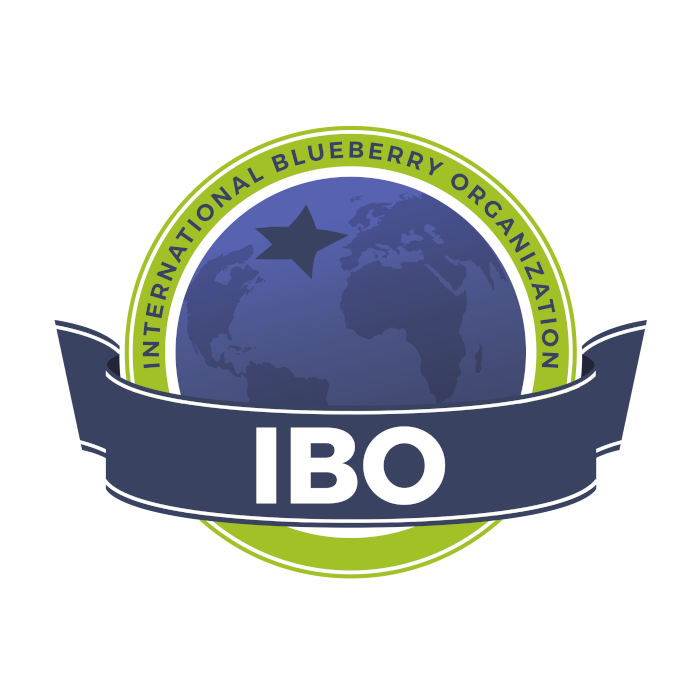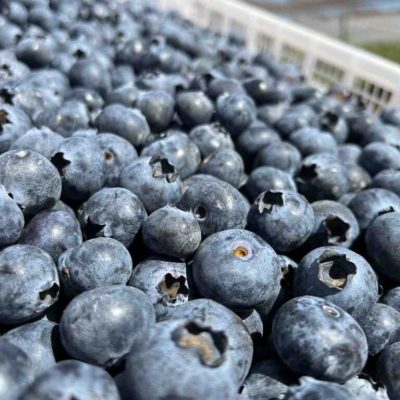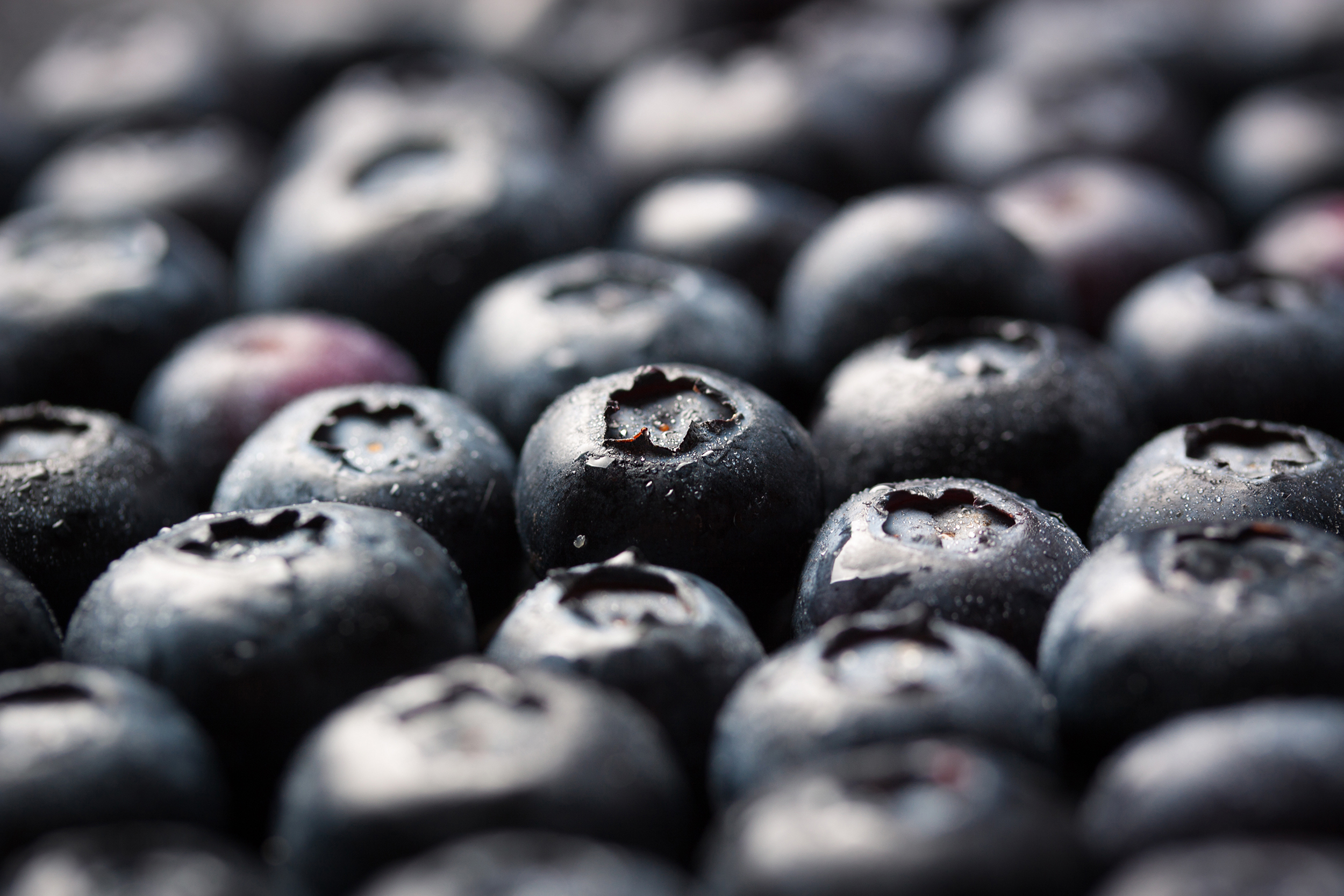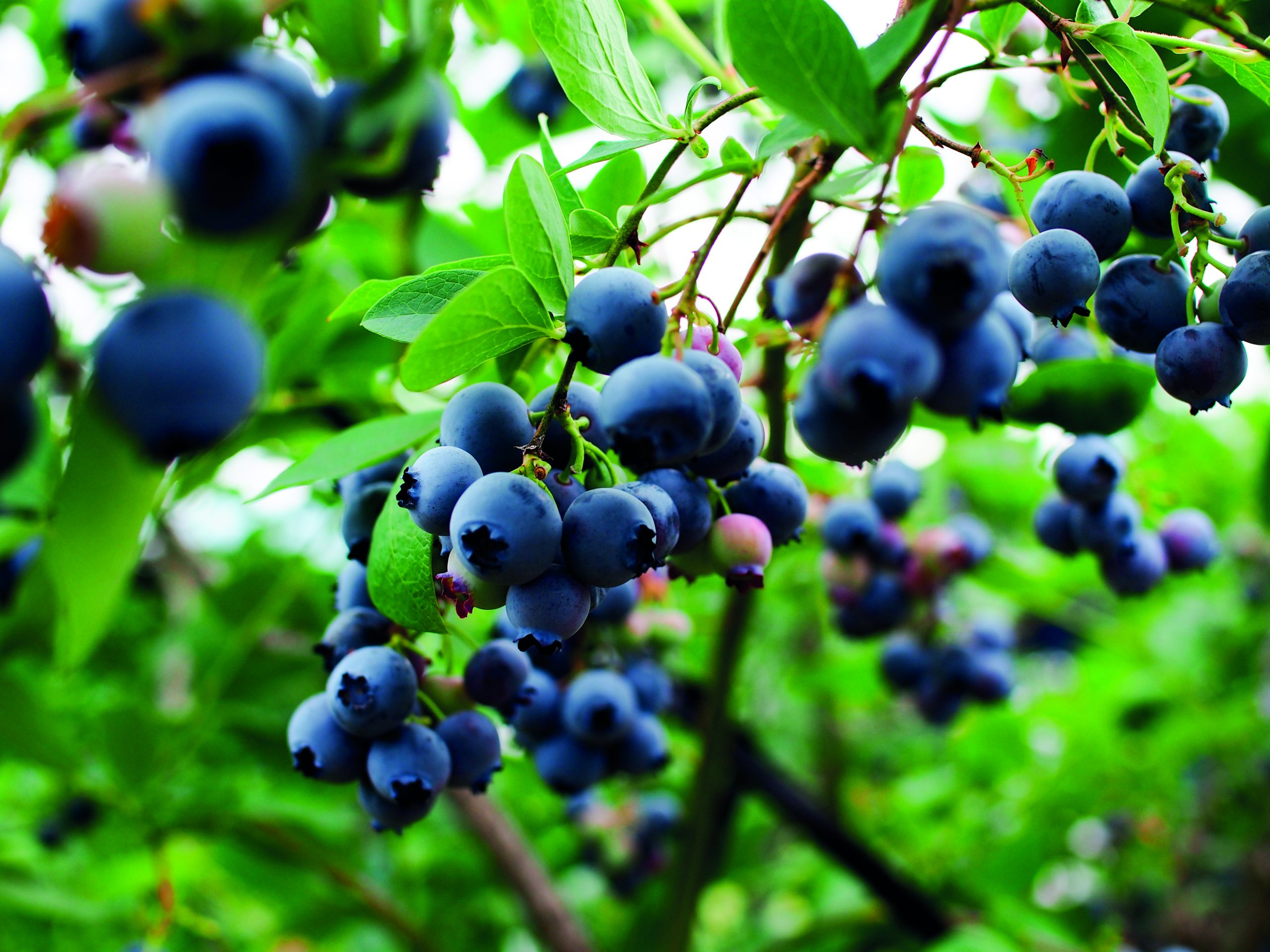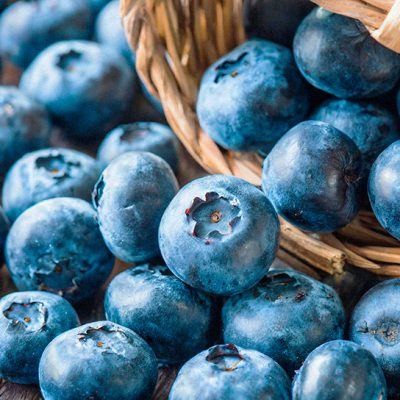Industry needs to embrace social media to talk with consumers
That’s the belief of Michael Hill, blueberry farm and labor manager at Southern Hill Farms Inc. near Clermont and a graduate of the Florida Fruit & Vegetable Association Emerging Leader Development Program’s Class 1.
“From a social media perspective, it’s unfortunate how far behind ag is as an industry,” he says. “We have to be able to educate the consumers and others with that free marketing. We should be able to get the word out straight from our mouths. We have to find a better way to interact with the consumer on a more personal level.”
As a 26-year-old, Hill says he grew up with computers and social media. But the average age of a farmer is about 57years old, and many of them don’t have Facebook pages or Twitter accounts.
Hill points to a panel at the recent Florida Ag Expo in Balm on which he served as an example. Of the four grower-panelists, only he had social media accounts.
The need for the industry to embrace social media became even more apparent during the year Hill spent as part the leadership program, he says.
Facebook, Twitter, Google Plus and other social media offer agriculture free marketing tools to use to begin having personal conversations with consumers, buyers and even environmental groups.
But the transformation doesn’t happen overnight, and it takes work to build up a social media following.
As a farm manager who also is involved in securing farm labor, Hill says he doesn’t have the time to devote to social media responsibilities. But others within an organization can take on the effort.
“If they have a marketer like Amber, they can put in the time to build up the [social media] followers,” Hill says.
He was referring to Amber Kosinsky and the social media program she’s implemented during the past three years as part of her marketing responsibilities for Plant City-based Wish Farms Inc. She also was a member of the FFVA leadership class 2.
Kosinsky’s integrated effort includes Facebook, Twitter, Pinterest, YouTube and quick-response codes on berry clamshells.
When consumers scan the code with their smart phones, it pulls up a picture of the grower who produced the berries and provides them with a short story.
Hill plans to open a U-pick blueberry operation next spring, and he’s already started a Facebook page to promote it. He’s also working with a designer to build a webpage.
In addition, the effort will involve search engine optimization and how Google ranks your Website and social media sites when someone conducts a search. If you’re not on the first page of Google results, chances are you’ve missed out, he says.
The Grower
